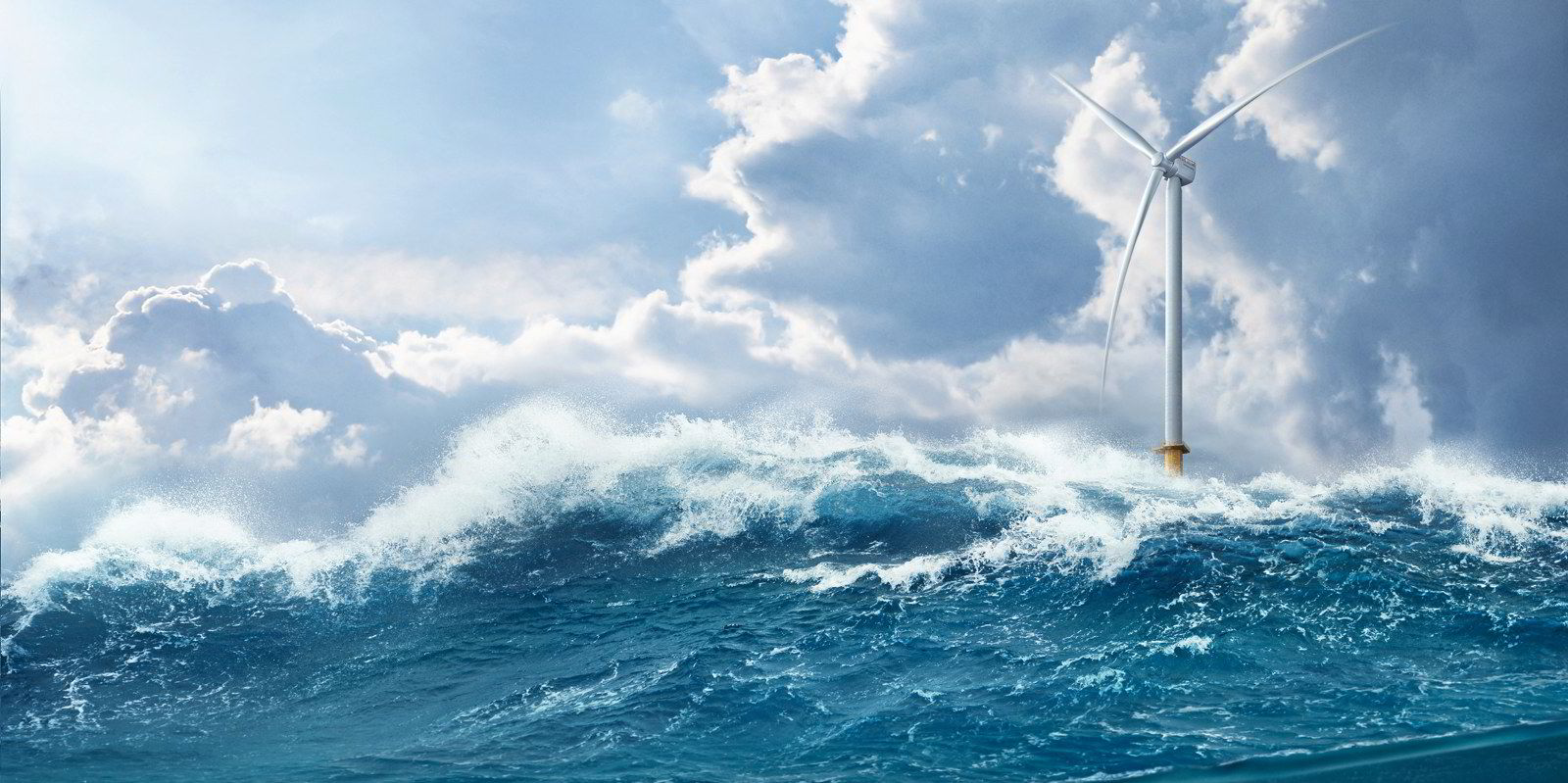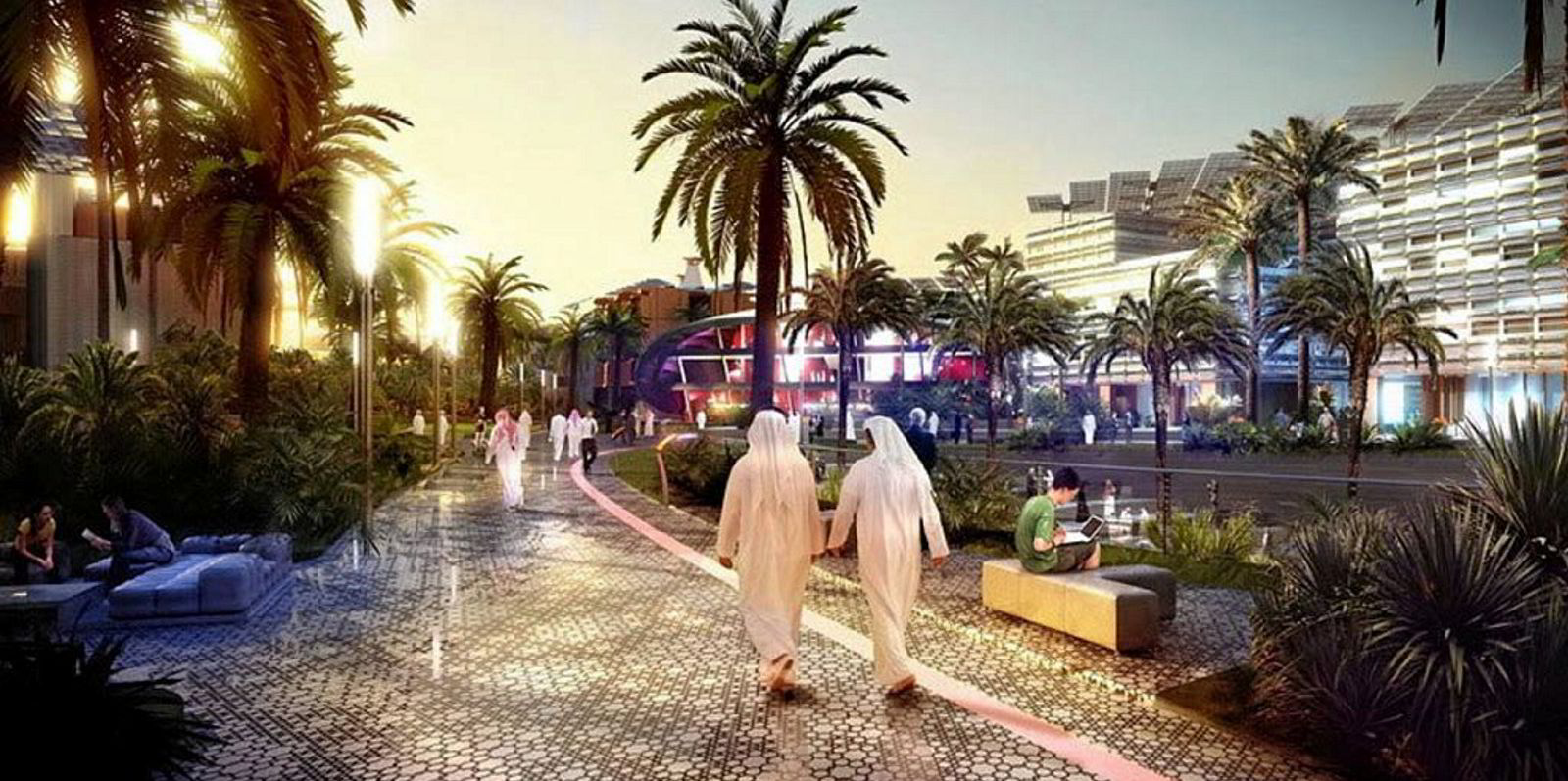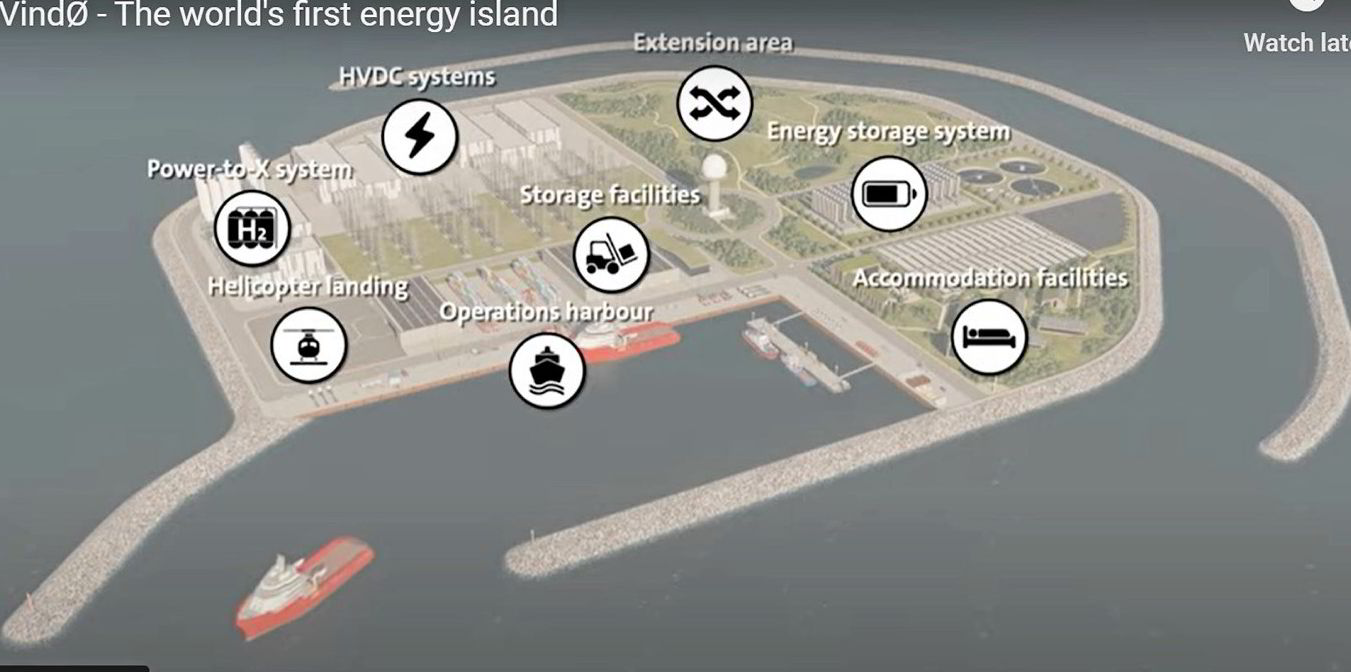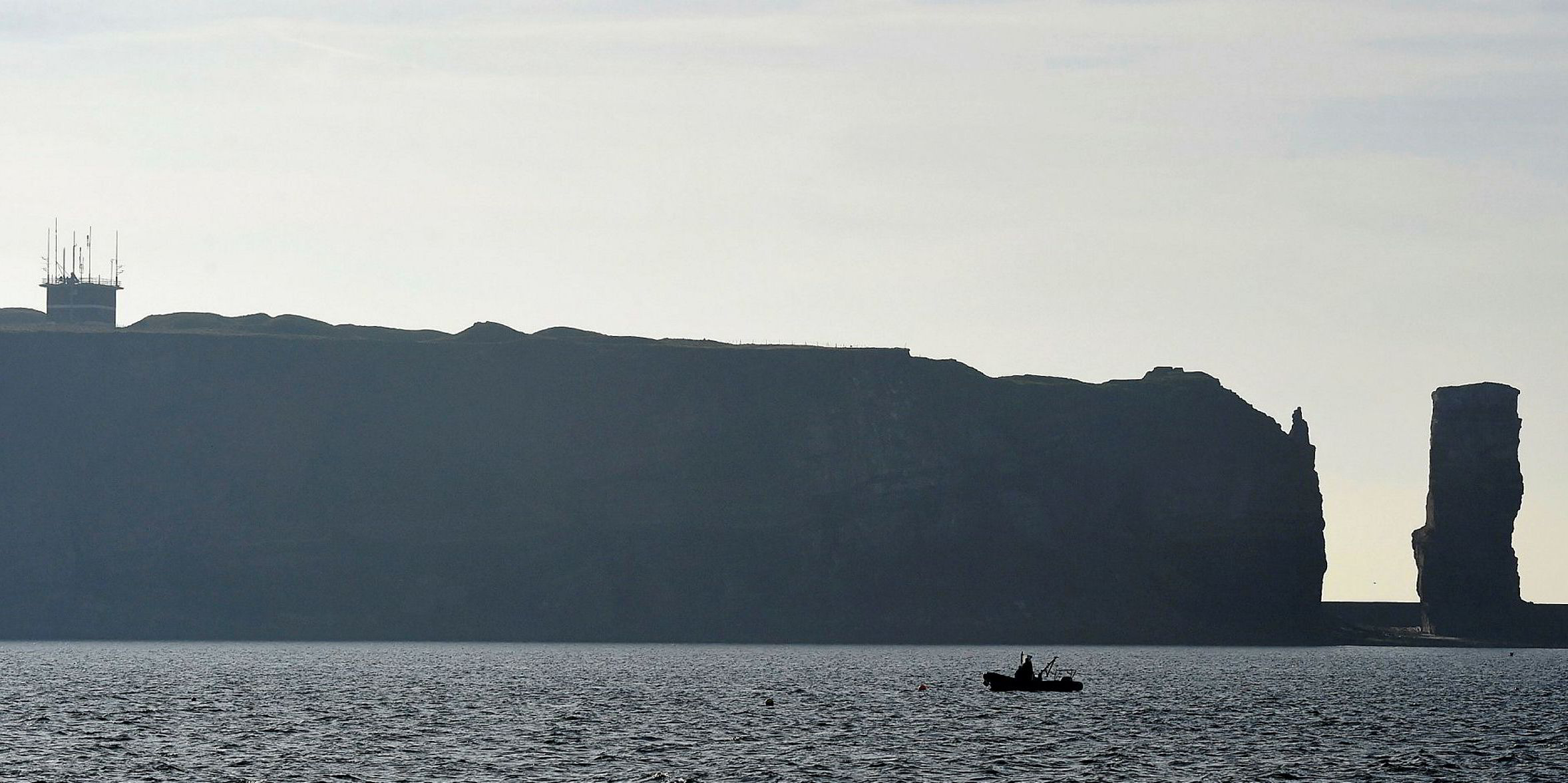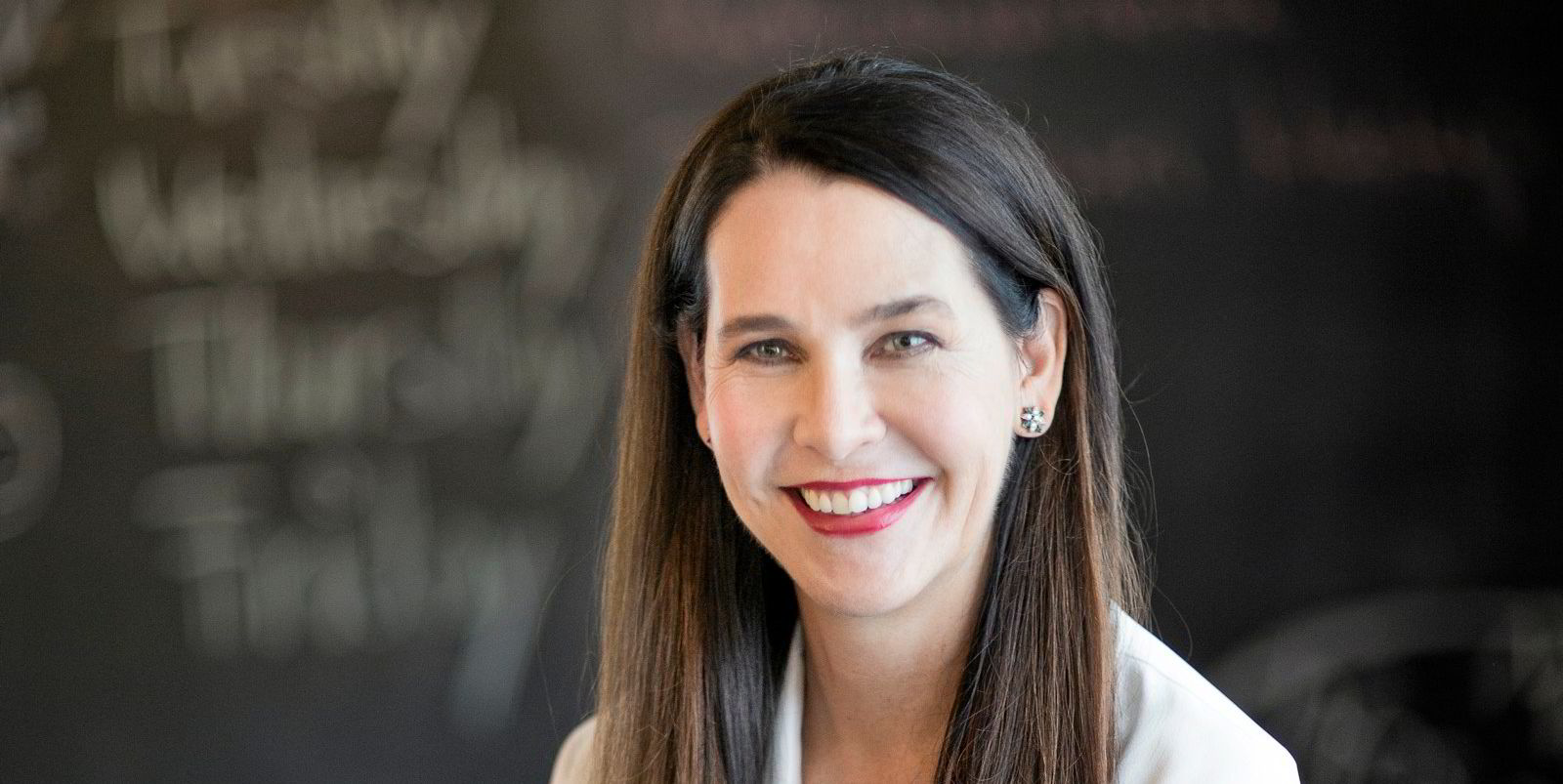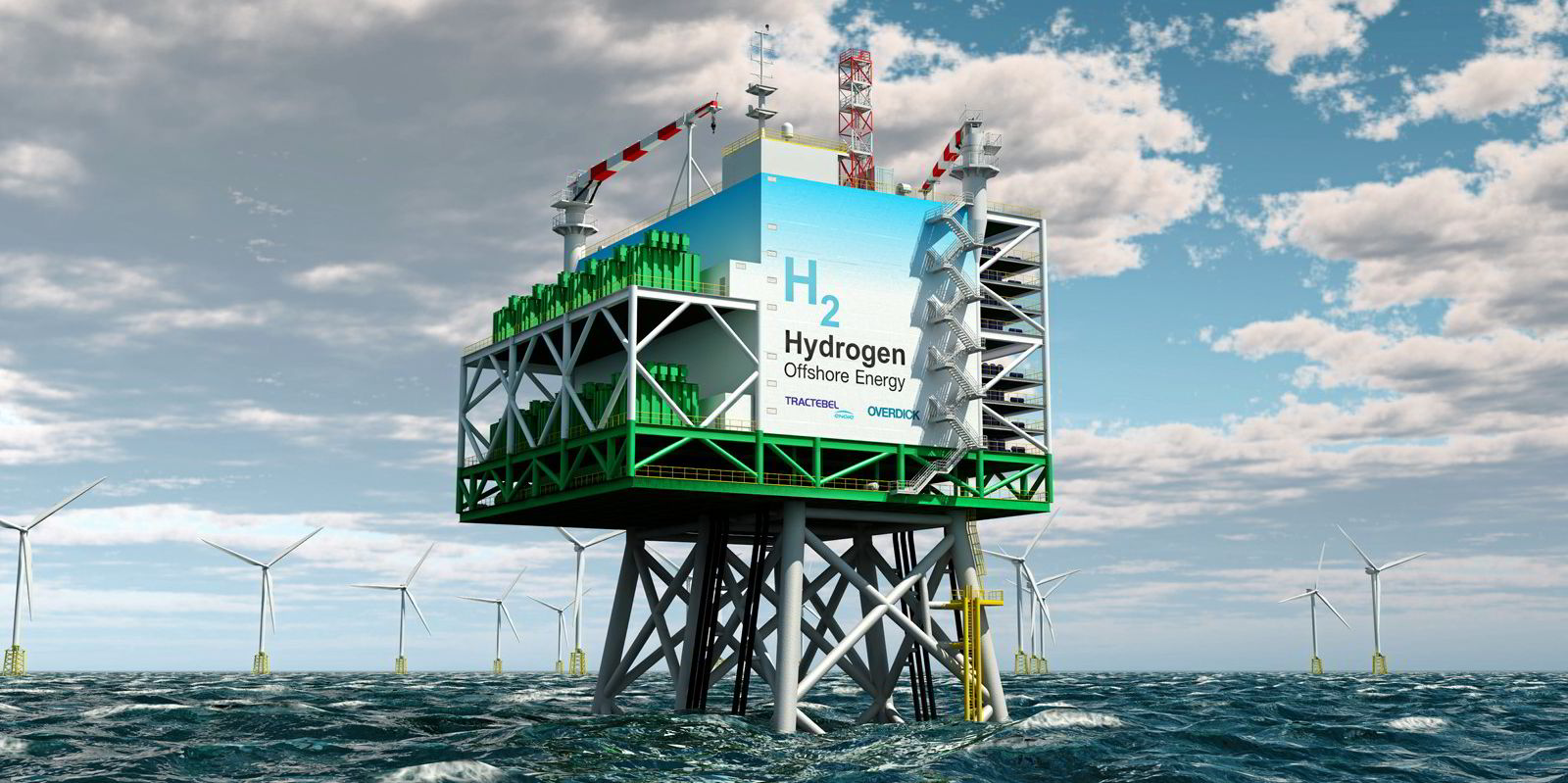Where once there were offshore oil & gas platforms hundreds of giant wind turbines will now stand, each powering its own onboard hydrogen plant and pumping the clean, green energy transition fuel to shore – and all with not an electrical cable to be seen.
That vision of the future underpins one of the most ambitious projects announced in the history of the wind industry by OEM Siemens Gamesa and its majority-owner Siemens Energy, which in January said they would co-operate for a “game changing” effort to integrate hydrogen electrolysis into the world’s most powerful offshore wind turbine yet to make the sector’s drawing board.
The combination of Siemens Energy’s knowledge in the field of electrolysis and the power of the 14MW Siemens Gamesa turbine could, the partners believe, be a crucial link in the chain that takes green hydrogen to the scale needed to become cost-competitive, and consign fossil fuels, and dirtier forms of H2 itself, to the annals.
“That’s the vision in this. We would like to fundamentally replace the big gas and oil platforms with this kind of installation,” says Poul Skjærbæk, chief innovation and product officer for Siemens Gamesa’s service business.
We’re going for industrial-scale hydrogen production. Somebody has to move ahead and take a certain risk – and just do it.
Alexander Habeder, head of business development for new energy business at Siemens Energy adds: “We’re going for industrial-scale hydrogen production. Somebody has to move ahead and take a certain risk – and just do it.”
Skjærbæk and Habeder spoke exclusively to Recharge soon after the Siemens duo announced they would spend a total of €120m ($145m) to advance the project, with a view to getting a full-scale offshore demonstrator up and running by 2026 and introduce a “bread-and-butter” product into the market in time for accelerated growth towards the end of the decade.
From a single turbine the partners aim to swiftly move to a 200-300MW pilot project and – all going well – pave the way for deployments to move “straight to gigawatt-scale” soonest.
But with plans underway to build vast green hydrogen plants on land – notably in the deserts of Australia or Saudi Arabia – why take it out offshore at all? Or, alternatively, site the electrolyser on land and pump the wind-generated power to shore, as several major European projects are already developing projects to do.
And if to be built at sea, why at the level of the individual turbine, rather than placing the electrolysers on an offshore oil & gas-style platform or even an artificial island, and surrounding them with standard offshore wind turbines to provide the power?
Electrical elimination
Skjærbæk underlines that, firstly, the world will need all the acreage it can find on land and sea to supply the incredible quantities of hydrogen needed to decarbonise everything from transport to heavy industry, and even the entire gas market. “If we really want to replace gas, we really see offshore as a key place for the volume.”
And then there’s also the small matter of the abundant availability offshore of one of the indispensable ingredients for the electrolysis process – water.
So once offshore, why equip each turbine with its own electrolysers when they could just power one large installation?
The beauty of the concept, according to the two, rests in the lack of almost any electrical infrastructure, with all its extra complexity and costs. Instead of power, the output from each self-contained turbine is hydrogen, fed under pressure from a standard gas export pipe to join a larger pipeline for its journey to shore.
Habeder says: “When going to a really large scale, why would you build an electrical infrastructure at sea if you can avoid it?”
Pushing electrolysis upstream and as close to its power source as possible, not only boosts efficiency and reduces losses, it reduces O&M risks, adds Habeder. A single platform or ‘electrolyser island’ becomes vulnerable as a single point of failure for the whole operation, while a problematic turbine is just one unit among hundreds.
At its core, the Siemens Gamesa/Siemens Energy alliance is all about integrating two up until now stand-alone systems – the wind turbine and electrolyser – together.
'State-of-the-art electrolyser
Habeder stresses that the electrolyser won’t simply be “off the shelf” but will involve creation of an entirely new platform using “state-of-the art technology”.
The electrolyser to be deployed will have to meet three key challenges: to be containerised for deployment purposes and built to survive the severe environmental challenges of operating far out to sea; to be modular and scalable; and to be pressurised, so the hydrogen can be pumped home to land-fall from far offshore.
Siemens Gamesa’s thinking as it approaches the project is for a basic ‘building block’ of a roughly 5MW electrolyser module operating at 35bar of pressure, which Habeder reckons will allow distances of 60-80km to be travelled by the produced hydrogen “without a problem”, adding: “We want to push the hydrogen to shore without any further compression.”
This is not a chemical plant. What we’re doing is absolutely green.
The electrolyser will be based on proton exchange membrane (PEM) technology, which splits water into hydrogen and oxygen. That’s crucial, stresses Habeder, because it means that future offshore wind green H2 arrays might rival oil & gas fields for scale, but will share none of their hydrocarbon-linked hazards.
“This is not a chemical plant. What we’re doing is absolutely green. If things go wrong, water goes into water. If there’s a leakage of hydrogen, it’ll be blown off in the air.”
Each 14MW turbine is envisaged powering at least two 5MW modules. Hydrogen output will depend on operational conditions, but Habeder offered as an example a figure of 2,000-2,200m3 an hour. That should give roughly 3,900-4,300kg per day of production.
While the key components of the offshore electrolyser system will come from Siemens Energy, it will likely work with third-party specialists in areas such as water input and desalination.
Turbine challenges 'far from insoluble'
But the most crucial third-party co-operation for Siemens Energy will be with Siemens Gamesa, as Habeder and his colleagues integrate their electrolysis into the “already functioning system” of the turbine, and at a higher level, wind farm control operations. “These are challenges we have not faced before,” he notes.
Skjærbæk says those challenges will certainly require some fresh thinking, but are far from insoluble.
As far as physical coupling is concerned, he sees each electrolyser container being secured to the monopile at the base of the tower. That may be done by a vessel after installation or possibly via pre-deployment at the harbour before the units are shipped out to site.
“Fundamentally it won’t change anything for the monopile – these are very small loads compared to the turbine,” says Skjærbæk, while the additional installation costs are relatively minor in terms of deployment of a multi-gigawatt wind farm.
Electrical integration presents “more interesting” challenges, but the project’s engineers will be looking to achieve the maximum level possible.
One of the biggest advantages touted by the Siemens partners is the ability of offshore turbines to tap the strong, consistent winds far out to sea. But many of the best conditions will be found well beyond the water depths that fixed-foundation turbines can operate in, hence the explosion of interest in floating deployment. Will the green hydrogen turbines be able to follow?
That “definitely is” in the long-term plan, says Skjærbæk. “Thinking big and thinking beyond, there will be a time where in order to find the space you have to go floating.
“Fundamentally I don’t see any major challenges to that,” although the electrolyser may face the need more engineering to cope with the additional system movement inherent in floating units.
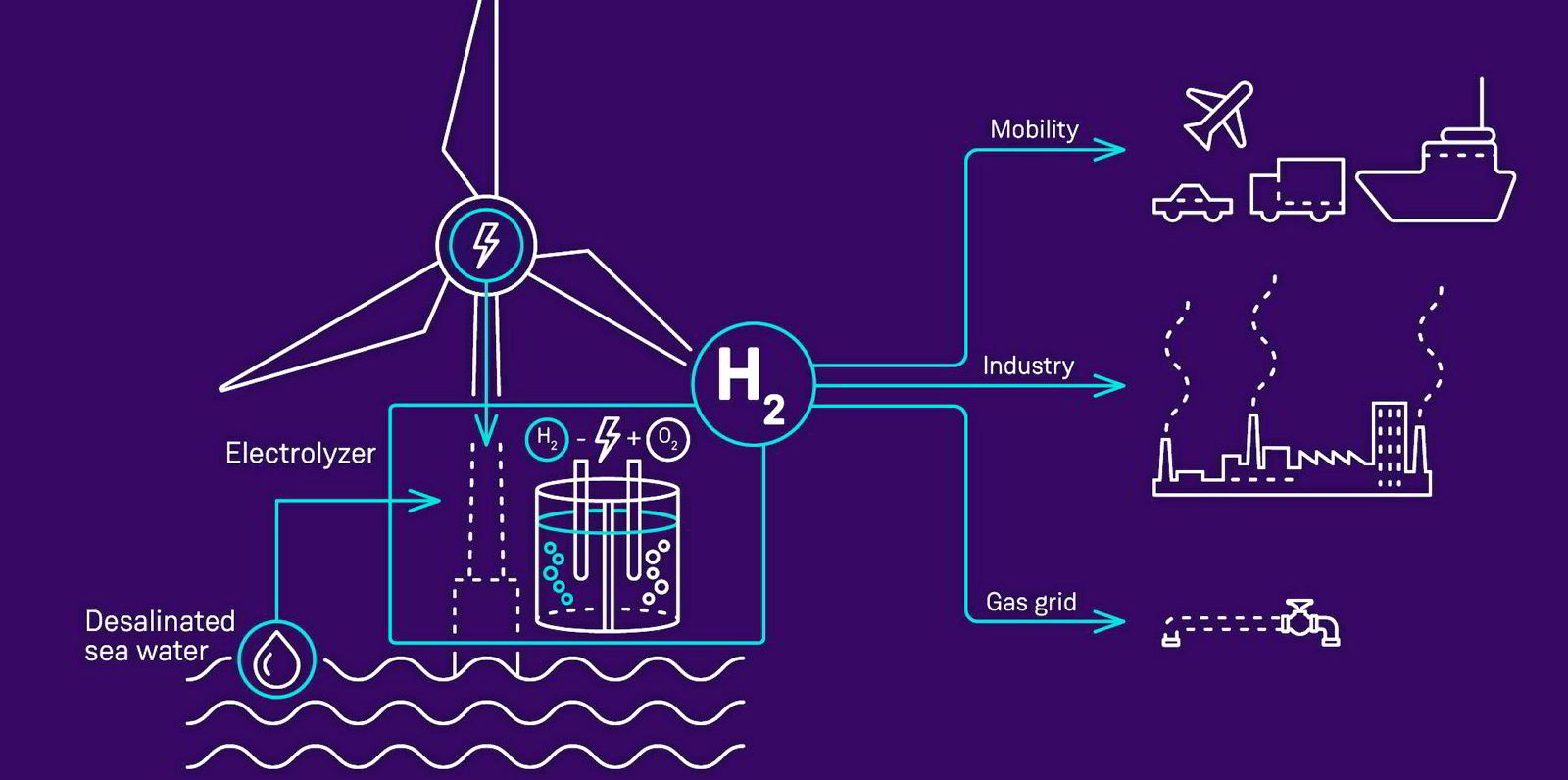
First fruits of the project are about to drop. Skjærbæk says the Siemens duo are looking at a “handful of opportunities” in Northern Europe, with Germany “clearly in the picture”, for a demonstrator turbine and initial array.
Developer RWE, for one, has already said publicly it is advancing a project called AquaPrimus involving direct production of hydrogen at turbines installed near the island of Heligoland. Skjærbæk says Siemens Gamesa is involved with the wider AquaVentus initiative, but not that specific element, and again insists no decision has been made over an initial project.
In any case, Skjærbæk says: “We’re not delaying a prototype for several years to fit a specific project. We need to make it happen.”
Putting hundreds of these into the North Sea and them not working – that’s a nightmare.
The sense of urgency comes from the obvious desire of the Siemens partners to secure first-mover advantage in what they deem to be a key future energy market. That means getting a solution not just developed, but validated so that it can be deployed with confidence.
“Unless we can demonstrate that this is reliable then the solution is dead. Putting hundreds of these into the North Sea and them not working – that’s a nightmare,” says Skjærbæk.
The other imperative comes from the fact that green hydrogen itself has no time to lose to meet what, under current expectations, will be mind-boggling levels of demand by the middle of the decade. Siemens Gamesa quotes forecasts of a 500-million-tonne hydrogen market by 2050, six times the current level and needing up to 4,000GW of renewable capacity to produce.
Race for cost reduction
But green hydrogen is in a race for cost-reduction, as well as volume. Will the Siemens Energy/Siemens Gamesa system be able to compete with other sources of H2, including the grey variety from unabated fossils and, more likely, blue hydrogen from gas with built-in carbon capture?
Analysts at Rystad Energy recently declared competitive hydrogen production “not economically viable” from offshore wind, at least for now, while admitting that could change in the future – which if Skjærbæk and Habeder have anything to do with things, it will.
For context, some of the world’s biggest energy operators – including key offshore wind players Orsted and Iberdrola – in late-2020 launched an initiative that aims to halve the current cost of green hydrogen to under $2/kg by the end of 2026, a level seen as a potential ‘tipping point’ by industry body the Hydrogen Council.
Skjærbæk is cautious about talking specific numbers on costs – “that would be extremely dangerous” – and admits that offshore wind-powered hydrogen will not begin its journey as the cheapest option.
But he insists the sector has a great platform to work from thanks to the huge strides it has already made in driving down the cost of power, and still has “many levers to pull” as turbines continue to grow, higher wind speeds – and with them capacity factors – are tapped, and electrolysers increase in performance and drop in price.
Skjærbæk believes that if the current projected price of green hydrogen can be halved, “we’re starting to get close to something that’s acceptable” in terms of competitiveness with blue H2 from abated fossil fuels.
That’s certainly a challenge, “but not as big as it was when I entered offshore wind 23 years ago, when the challenge was [to reduce the cost of power from offshore wind] by a factor of five”.
The industry veteran is keen to point out how that challenge – long since met – was once seen as impossible, and offshore wind itself dismissed as a hobby horse for dreamers – but is now the focus of a massive global industry that has earned the right to think big.
